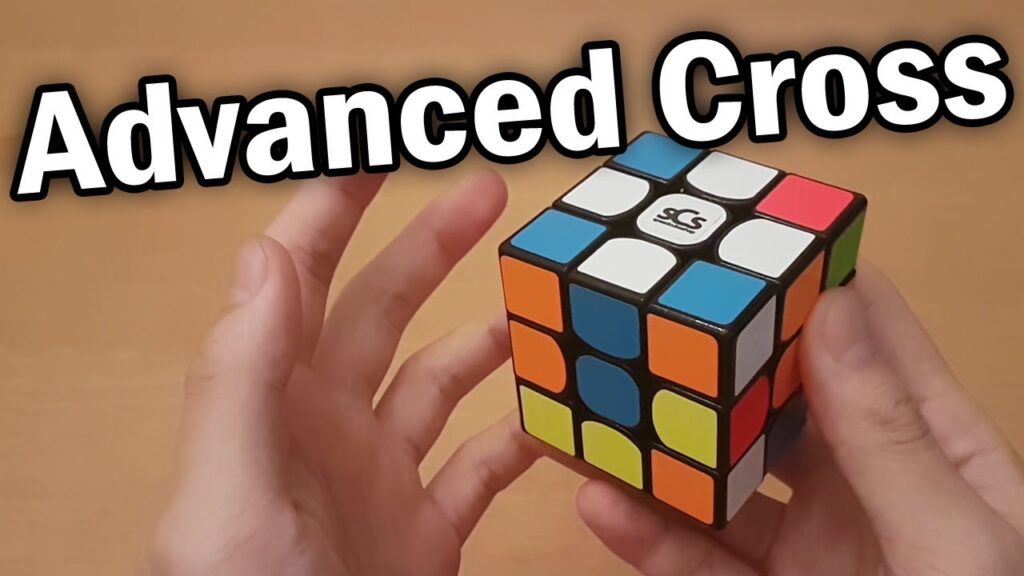The Rubik’s Cube is a complex 3D combination puzzle that was invented in 1974. To master it, beginners should start with learning the simple algorithms of the beginner’s method, before moving on to more advanced algorithms that are more efficient and offer greater speed. Algorithms such as F2L, OLL, and PLL use specific moves in a particular order and are essential for mastering the Rubik’s Cube. In addition to algorithms, there are also advanced solutions that can help solve the cube in fewer steps or using fewer moves, such as the Roux Method, ZZ Method, and CFOP. Mastery of the Rubik’s Cube requires patience, practice, and an understanding of advanced algorithms and solutions.
Mastering the Rubik’s Cube: Advanced Algorithms and Solutions
Introduction
The Rubik’s Cube is a 3D combination puzzle invented in 1974 by Hungarian sculptor and professor of architecture Erno Rubik. The puzzle consists of a cube with six faces, each face consisting of nine colored squares. The objective of the game is to twist and turn the cube until each face is a solid color. It has sold over 380 million cubes worldwide, making it the best-selling toy puzzle of all time.
If you are a newcomer to the Rubik’s Cube, mastering it may seem daunting at first. But with patience and practice, you can learn to solve it in under a minute. You can start by learning the beginner’s method, which uses simple algorithms that involve no more than five turns of the cube. After mastering the beginner’s method, you can move on to advanced algorithms and solutions that can help you solve the cube faster and with fewer movements.
Advanced Algorithms
The advanced algorithms used to solve the Rubik’s Cube are techniques that take advantage of patterns that arise during the solving process. These algorithms are more complicated than the beginner’s method, but they also offer greater speed and efficiency.
Here are a few examples of advanced algorithms that you can add to your Rubik’s Cube solving arsenal:
1. F2L (First Two Layers)
The F2L algorithm is a technique that combines the first two layers of the cube into one step, reducing the number of moves needed to solve the cube. To use this algorithm, you need to be familiar with solving the cube’s first layer. The F2L algorithm involves a series of specific moves that must be executed in a particular order. These moves can be challenging to master, but with practice, they can be used to solve the first two layers in under 15 seconds.
2. OLL (Orientation of the Last Layer)
The OLL algorithm is a technique used to orient the last layer of the cube. This is the stage of the solution where you have already solved the first two layers, but the last layer remains unsolved. OLL involves positioning the cube in a way that specific patterns on the last layer can be solved with a set of predefined algorithms. OLL can be used to solve the last layer with only one algorithm or a few algorithms, depending on the complexity of the pattern.
3. PLL (Permutation of the Last Layer)
The PLL algorithm is a technique used to permute the last layer of the cube. Similar to OLL, PLL is used to solve the last layer of the cube. However, the focus of the PLL algorithm is to position the cubes in the appropriate places and in the correct orientation. The PLL algorithm requires a deep understanding of the cube’s internal mechanics and a lot of practice to master.
Advanced Solutions
In addition to advanced algorithms, there are also advanced solutions that can be used to solve the Rubik’s Cube faster and more efficiently. These solutions involve solving the cube in fewer steps or using fewer moves.
Here are some examples of advanced solutions that can help you solve the Rubik’s Cube in record time:
1. Roux Method
The Roux method is an advanced solution that can be used to solve the Rubik’s Cube in an average of just 33 moves. The method involves solving the first two layers of the cube simultaneously, followed by orienting and permuting the last layer. The Roux method is complex, but it is also one of the fastest methods for solving the cube.
2. ZZ Method
The ZZ method is another advanced solution that can be used to solve the Rubik’s Cube in just a few moves. The ZZ method involves solving the last layer of the cube first, followed by solving the first two layers simultaneously. The ZZ method requires a deep understanding of the cube’s mechanics and can take some time to master. However, once mastered, it can be a powerful weapon in your Rubik’s Cube solving arsenal.
3. CFOP (Fridrich Method)
The CFOP method is an advanced solution that is widely used by professional Rubik’s Cube solvers. The CFOP method involves solving the cube’s first two layers, followed by orienting and permuting the last layer. The CFOP method is efficient and can be used to solve the cube in under 10 seconds. However, it requires significant practice and a good understanding of advanced algorithms to execute effectively.
Conclusion
Mastering the Rubik’s Cube is no easy feat. It takes patience, practice, and a deep understanding of advanced algorithms and solutions. However, mastering the cube can also be a satisfying and rewarding experience, especially when you can solve it in under a minute or even seconds. With the right mindset and tools, anyone can learn to solve the Rubik’s Cube like a pro.
